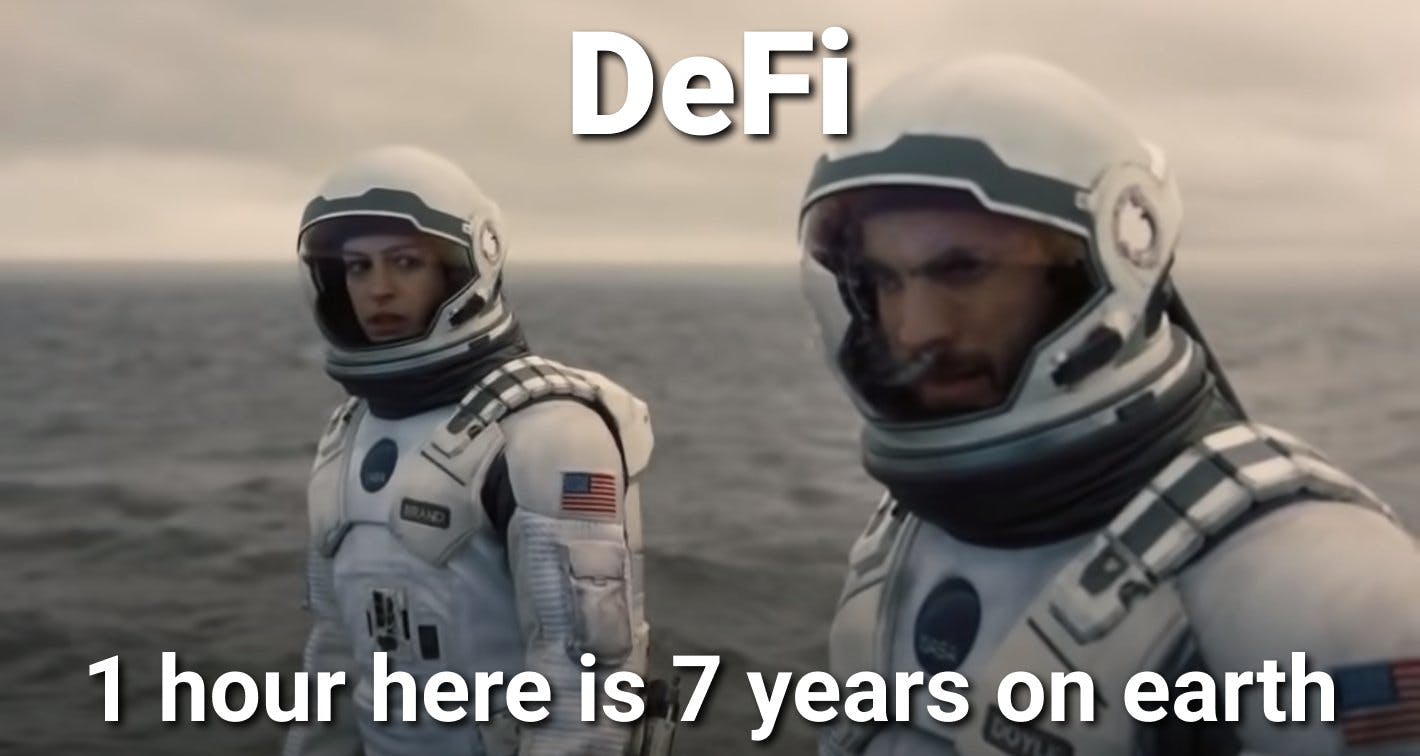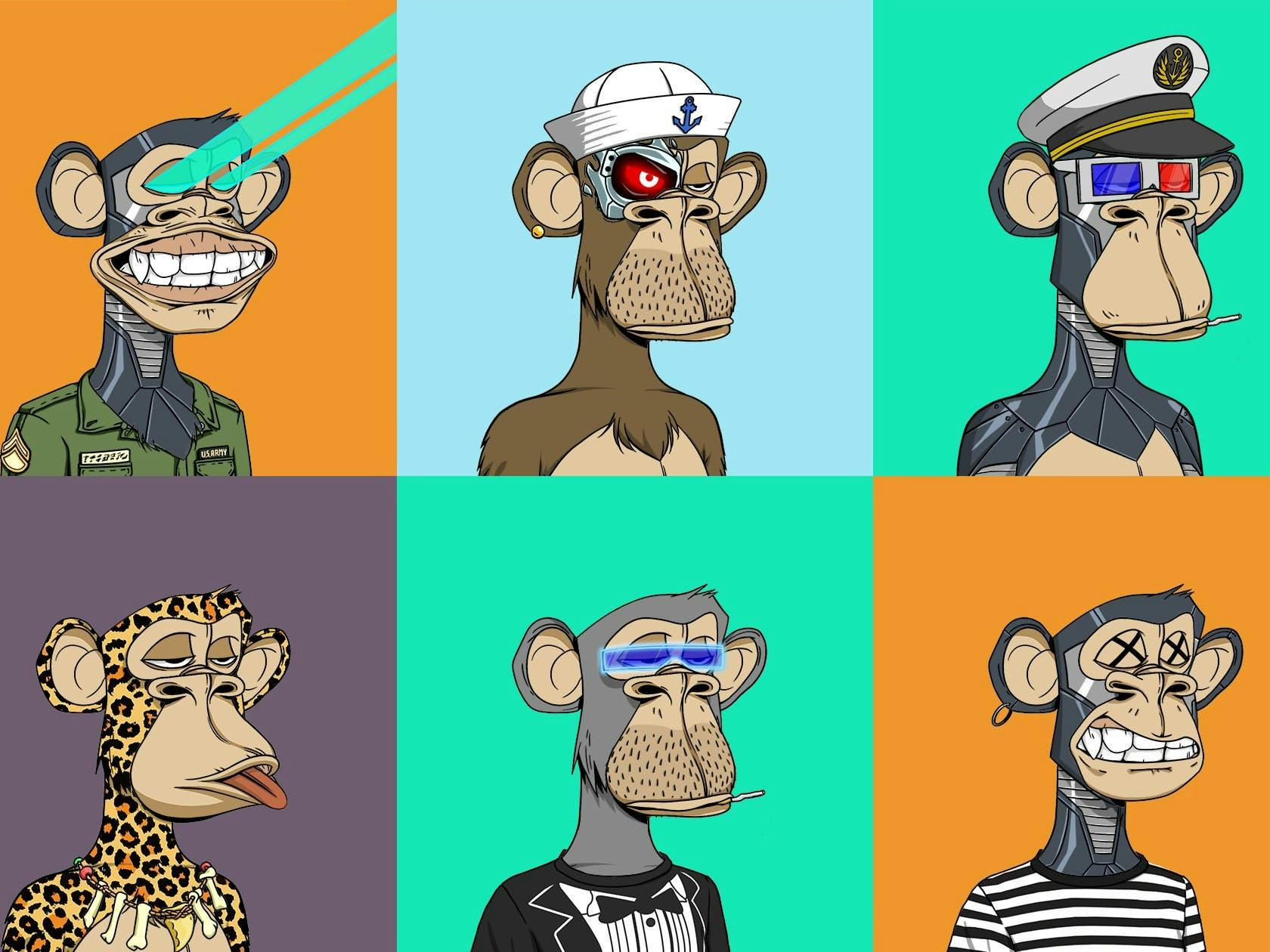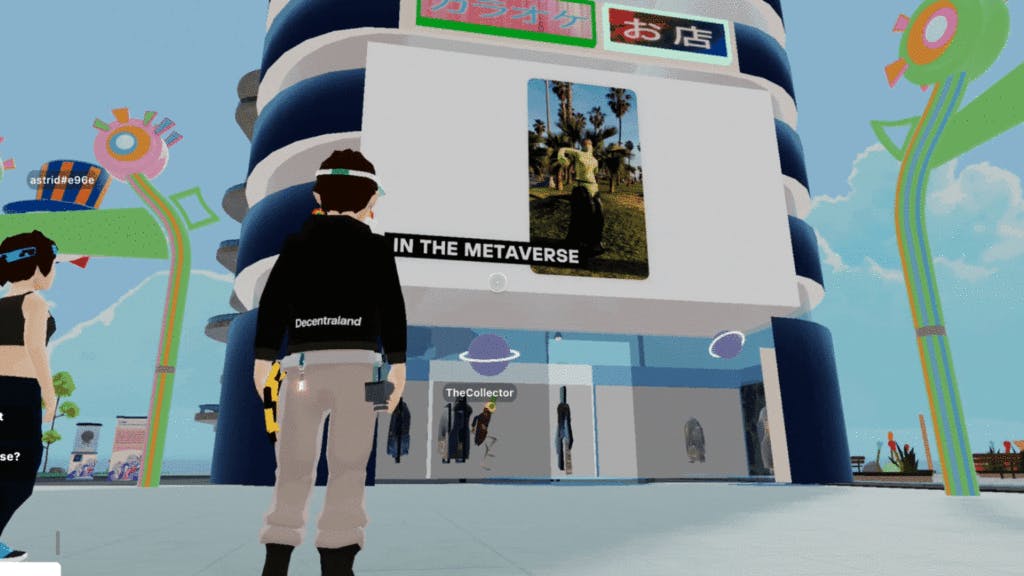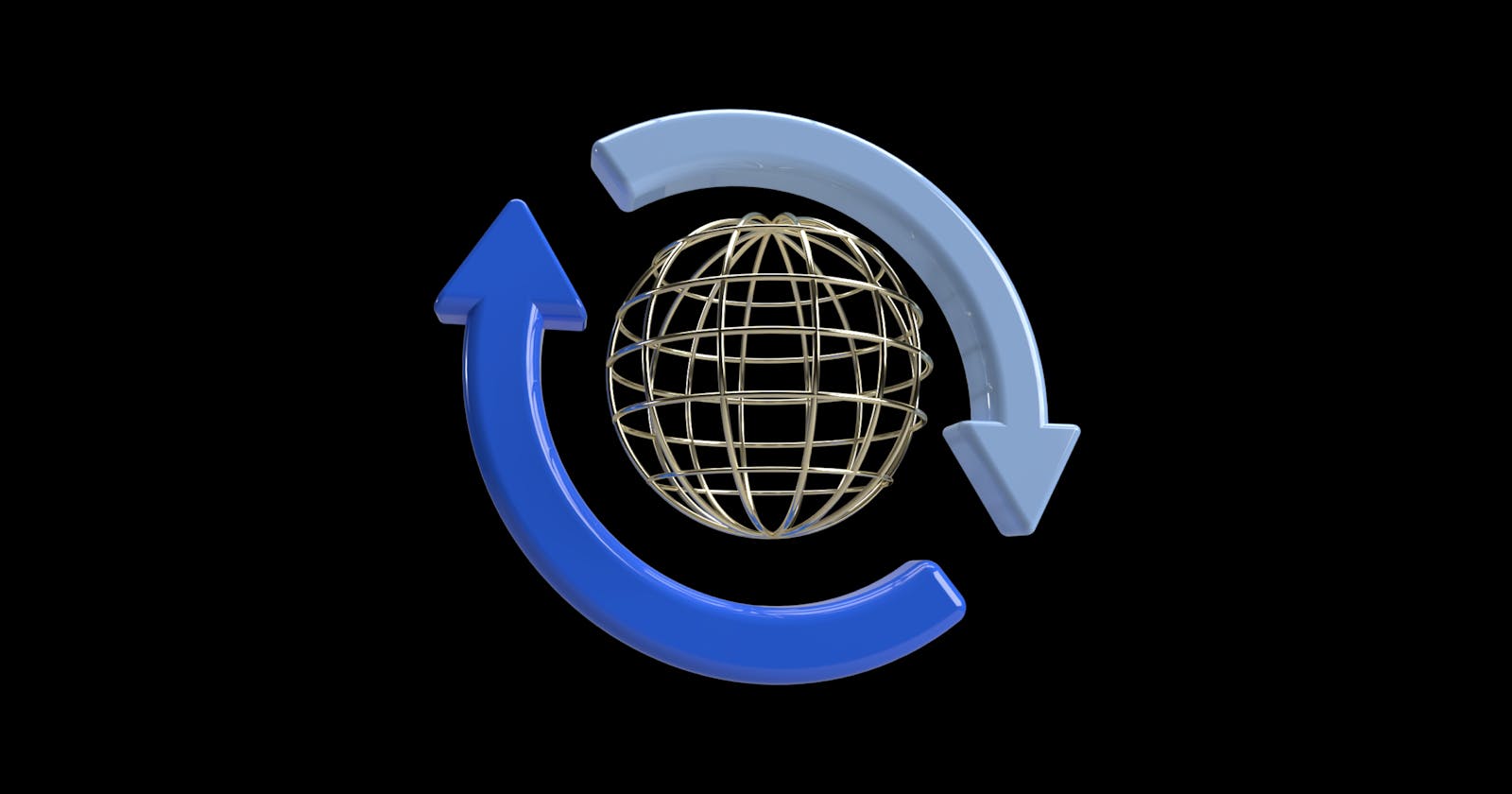Introduction
Web3 is taking over the world and decentralization is expanding and rapidly integrating into pop culture.
Blockchain and blockchain-related tech is quickly taking over spaces once occupied by web2 players.
Celebrities and iconic figures are leaning towards the hype and helping fan the flames. Most notable celebrities like Serena Williams and Eminem both purchase NFTs worth hundreds of thousands of dollars.
Someone even paid $500,000+ just to live next to Snoop Dog in the Metaverse.
Governments and big corporations are worried about their revenue streams in light of a decentralized future and are also looking for innovative ways to capitalize on it.
- Facebook changing their names to Meta.
- Addidas opened a store in the Metaverse.
- Meta (formerly Facebook) is building a Metaverse.
But what is a decentralized future? and why is it so popular nowadays?
A Decentralized Future? What does decentralization look like?

You're probably wondering, "What does a decentralized future mean?". It's a head-scratcher, but it's effortless to relate to after reading what enables this kind of future.
A decentralized future is one where:
- DeFi protocols replace banks.
- Crypto is the most accepted by most merchants.
- Investments, Bonds, and Loans are issued on Smart Contracts.
- DAOs replace large corporations.
- Your biodata is irrelevant, and NFTs will be the most popular authentication method.
- People will carry out most of their daily work activities in the Metaverse.
Right now, it seems like a massive leap from where our society is at. Well, just to let you know, most of what I just described is already in effect.
You might have noticed the new words I just put up like:
- DeFi (Decentralized Finance).
- DAOs (Decentralized Autonomous Organizations)
- NFTS (Non-Fungible Tokens)
- The Metaverse.
Let's talk about them a little.
DeFi

DeFi or Decentralized Finance can be defined as traditional financial services offered on a blockchain.
These financial services include:
- Investments
- Lending and Borrowing
- Savings
- Exchanges
- Bonds
Through decentralization, DeFi will replace banks and centralized finance (CeFi).
People can now make transactions without the oversite of banks and governments.
This is especially great news for disenfranchised people who have been cut off from the financial system due to a lack of adequate papers that hinders their participation.
It doesn't matter where in the world a participant might be. They will be able to participate in the DeFi experience.
Here is some popular DeFi dApps on Ethereum:
DAOs
Decentralized Autonomous Organizations, or DAOs, are organizations that are entirely run by code and are the future of organizations in a decentralized world.
Traditionally, companies have had a hierarchy with a CEO at the top and a board of directors below. These individuals frequently have total control over a business, with the CEO having the final say and decision-making authority.
Despite contributing more than 90% to the organization's continuous existence, employees have little to no decision-making power within the company.
DAOs utilize the blockchain to make trustless decisions. Every DAO has its token called the Governance Token. Governor Tokens are used to:
- Become a member.
- Bring up proposals.
- Vote on proposals.
Unlike Facebook and Microsoft, every member of a DAO can vote on proposals and potentially become decision-makers within the organization.
An example of a proposal could be:
- To pay a developer to build a new website for the DAO.
- To decide whether or not they need a new host server.
- To ask for donations to a charity.
Anything can be a proposal, and when it is put to the vote, every member has the opportunity to vote.
If a majority of the members vote in favor of the motion, the proposal is approved, and whatever payment is due will be released to the involved persons.
However, every vote does not have equal weight. The weight of your vote is based on how many tokens you have.
If you had twice as many Governance Tokens as I do, for example, your vote would be worth twice as much as mine.
Some popular DAOs include:
NFTs

NFTs or Non-Fungible Tokens are digital assets that exist on a blockchain.
NFTs are Non-Fungible, meaning that no two NFTs are ever the same.
Just like NFTs, paintings are also non-fungible, and there can ever be one original of that painting.
There are thousands of paintings of The Mona Lisa by Leonardo Da Vinci, but there is only one original painting of The Mona Lisa.
By far the most profitable blockchain tech to Date, NFTs projects like CryptoPunks NFT and Bored Apes Yacht Club have sold out for millions of dollars.
This is an excellent example of how NFTs may be used in the arts. However, "User Authentication" is another superb application for NFTs.
This means that there will be no need for email or password authentication in the future when everything is decentralized. dApps will just ask for your Ethereum wallet address, which contains your NFT, instead.
Projects can sell NFTs to the general public, which they will need to access their website or apps.
The Metaverse

The Metaverse is where all of our decentralized fantasies come true.
The Metaverse is a 3D virtual reality simulation of how our world should look. Unlike in the real world, tokens and brands can be traded and purchased in the Metaverse.
Keep in mind that the Metaverse is still a concept, and there is no such thing as "The Metaverse," only "A Metaverse."
As we speak, various companies and brands are hard at work creating their version of the Metaverse.
Facebook changed its name to Meta to claim ownership of this concept.
The Metaverse is supposed to be a free world where we can connect, have fun, and temporarily forget about our real lives.
The Metaverse will allow us to carry out most of our daily activities in a 3D decentralized space. For example, we can:
- Have meetings.
- Play games.
- Build structures like houses and business offices.
- Attend concerts and shows.
- Report to work.
You could even have dates for all you care in the Metaverse. The possibilities at this point are just limitless.
In the Metaverse, DeFi, DAOs, and NFTs will come into play with full force. These will be the center point of our decentralized future!
Some popular Metaverse based projects include:
To summarize everything:
- DeFi will replace Banks.
- DAOs will replace Organizations.
- NFTs will replace traditional authentication.
- Everything listed will play out mainly in the Metaverse and the real world.
Why a decentralized future?
If you've been reading thus far, you can already see the crystal clear difference between Web2 and Web3.
However, there is no clear way to rank both of them because both equally have good and bad sides that they excel in.
With that said, we can still clearly see that Web3 is the far superior web type and its advantages are more highly preferable than that of Web2. These disadvantages or problems posed by Web2 are the main reasons for our transition.
The Problem with Web2
There are several problems in Web2, but we will look at the three most concerning.
Security
Most of the data stored in Web2 is centralized which:
- makes it easier to administrate.
- makes accessibility easier.
- makes auditing easier.
The consequences of data centralization are also severe as tons of people can be affected in the event of a data leak are server hack.
For instance, a data breach at Robin Hood, a stock trading app, exposed over 2000+ credit card information.
Another data breach at Twitter last year had the potential to start World War III.
Continuety
It is much easier to take down a centralized system.
For instance, in 2021, a server outage at Meta took down Facebook, Instagram, and WhatsApp. The outage affected millions of people all over the globe.
Though a human error caused the outage, hackers and governments have other means of forcing the same level of damage if they wanted to.
Consequently, you'll lose money if your business or livelihood depends on any of these platforms.
Monitization
It is harder to monetize in Web2.
Most Web2 platforms make a lot of money off the data we generate. Whether through selling ads or selling our data, they can create good revenue streams from us but not with us.
We don't make any revenue from our data, and even if we do, it's just a point fraction of what they make.
The revenue structures in Web2 are so unfair that some creators on those platforms struggle to make ends meet.
Tranistion Toolbox
You might be wondering what you'd need for the great transition :D. I am glad to let you know that you'll need just two things!
With these two weapons in your arsenal, you are ready for the great transition ahead!
Is Web3 a replacement for Web2?
To put it simply, No! Web3 is not a replacement for Web2. It is unrealistic for all Web2 projects to switch from Web2 to Web3 completely.
However, Web3 created an avenue for Web2 creators to build on top of Web3 concepts, which led to widespread adoption.
For example, just recently, Twitter rolled out its premium subscription service called Twitter Blue, which includes a feature that lets users connect to their OpenSea account and use their NFTs are a profile picture.
It doesn't just end there; other companies like:
- Meta
- Addidas
- Apple
- Microsoft
are also hopping into action, and the best is yet to come as more companies begin to embrace Web3 as a layer to scale on.
Ultimately, as we head into a decentralized future, a blend of Web2 and Web3, or as some call it, Web 2.5, will be the norm for a couple of years.
Conclusion
It's safe for one to say that Web3 is here to stay, and a Decentralized future is nearby. One can also say that a decentralized future will also entail a blend between a lesser Web2 and greater Web3, working together to:
- Ensure that our identities are concealed and secured.
- Ensure that everyone has access to much-needed financial services.
- Ensure that creators are paid for their contributions.
- Ensure that companies can not consolidate much power over the rest of us.
A great way to sum everything up is:
"If Web2 was for the big companies and big tech, then Web3 is for the people"
Thanks for reading, and I hope you enjoyed this article! I hope you can see the main drivers of both Web2 and Web3 and where our decentralized future lies.
Where do you go next?
We've got your back! If you want to learn more about Web3, NFTs, dApps, and everything in between, our web3 blog is an excellent place to start.

